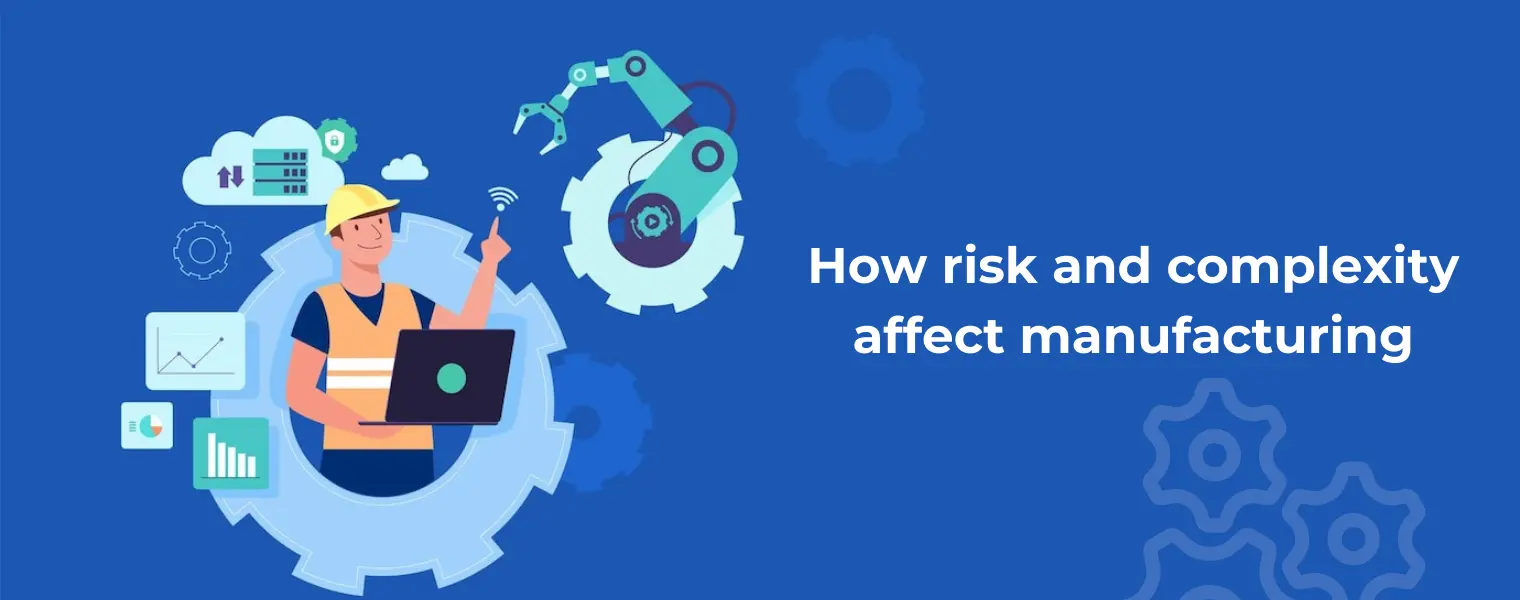
Not all manufacturing is the same. Some finished goods require only a few steps and minor sub-processing before they can be shipped. Others may necessitate precision cuts and tight tolerances in order to meet the demands of more precise monitoring and equipment. Others, on the other hand, are highly derivative, involving multiple sub-processes, subtractive or additive processes, and complex assembly.
Bulk goods, such as flour, may be less complex than a single unit with multiple assemblies and electronic connections, such as consumer appliances. Finally, manufacturing complexity levels are determined by regulations and expiry concerns. It’s enough to turn anyone’s head spin.
In all of the preceding cases, as complexity increases, so does the risk. A plastic coat hanger will not be subject to the same standards as a machined part for the aviation industry. Shoes are not subject to the same safety regulations as pharmaceuticals.
Risk not only rises with complexity, but it frequently grows exponentially. One example would be a product such as insulin. It necessitates exacting process and cleanliness standards, and the risk of spoilage necessitates controlled environments. After production, it must be refrigerated and used before the expiration date.
The manufacturing process must take into account each level of complexity. However, mitigating the risks they pose - both individually and in combination - must be part of the process as well. Because of the changing level of risk, technology and equipment must be updated on a regular basis, as well as meticulous and often manual tracking.
Many businesses are overwhelmed by the paperwork that has traditionally been required for these complex products and the risks that they entail. Mistakes are made, and it is difficult for manufacturers to expand or enter new markets without the administrative infrastructure required to support risk mitigation.
Traceability and the chain of ownership of materials have been a recent focus of regulatory bodies and governments. Each year, the requirements and tolerances become more stringent, and traditional traceability is time-consuming and error-prone due to manual data management.
Manufacturers must manage vendor risks in terms of product quality, delivery, and missed deadlines in addition to product risks. As a result of the pandemic, supply chain reliability suffered; many industries were forced to use substitute products for critical applications, raising the risk for the well-finished manufacturer.
Regardless of your company's complexity and risk level a solution like DoFort Manufacturing ERP will help you build complexity into optimised processes and manage risk while reaping all of the benefits. Contact our sales team to know more.
Welcome to DoFort !